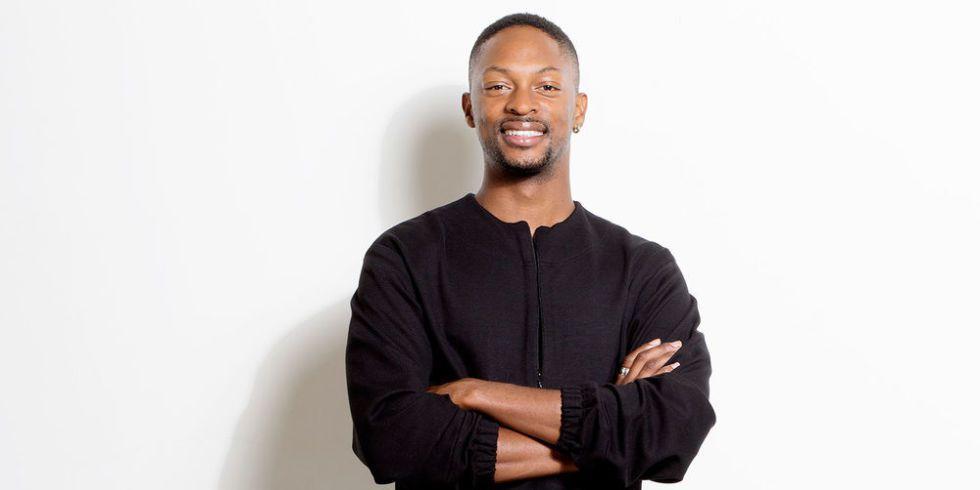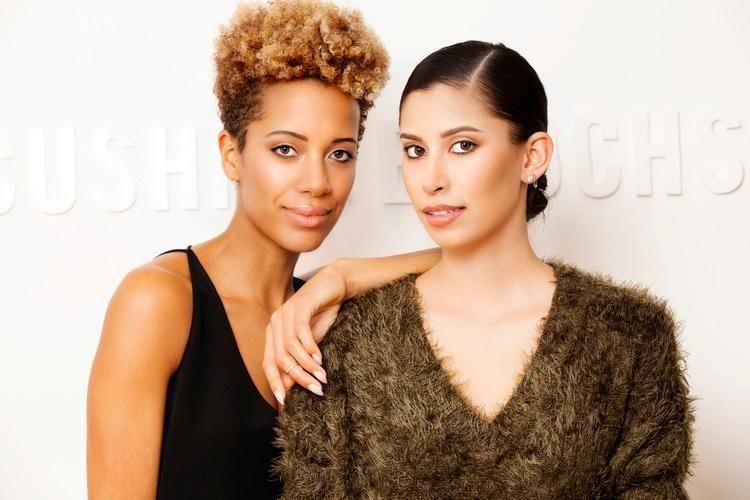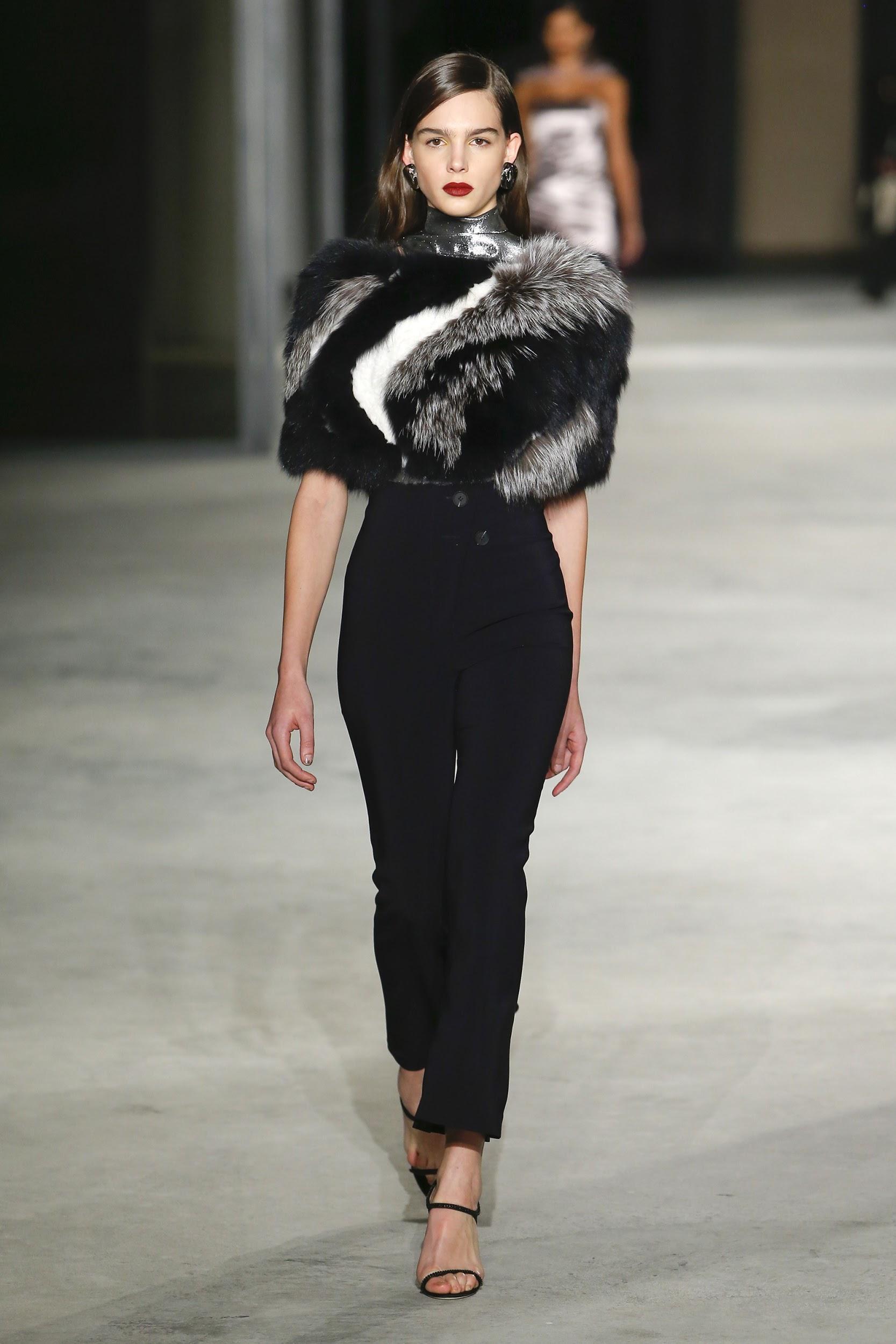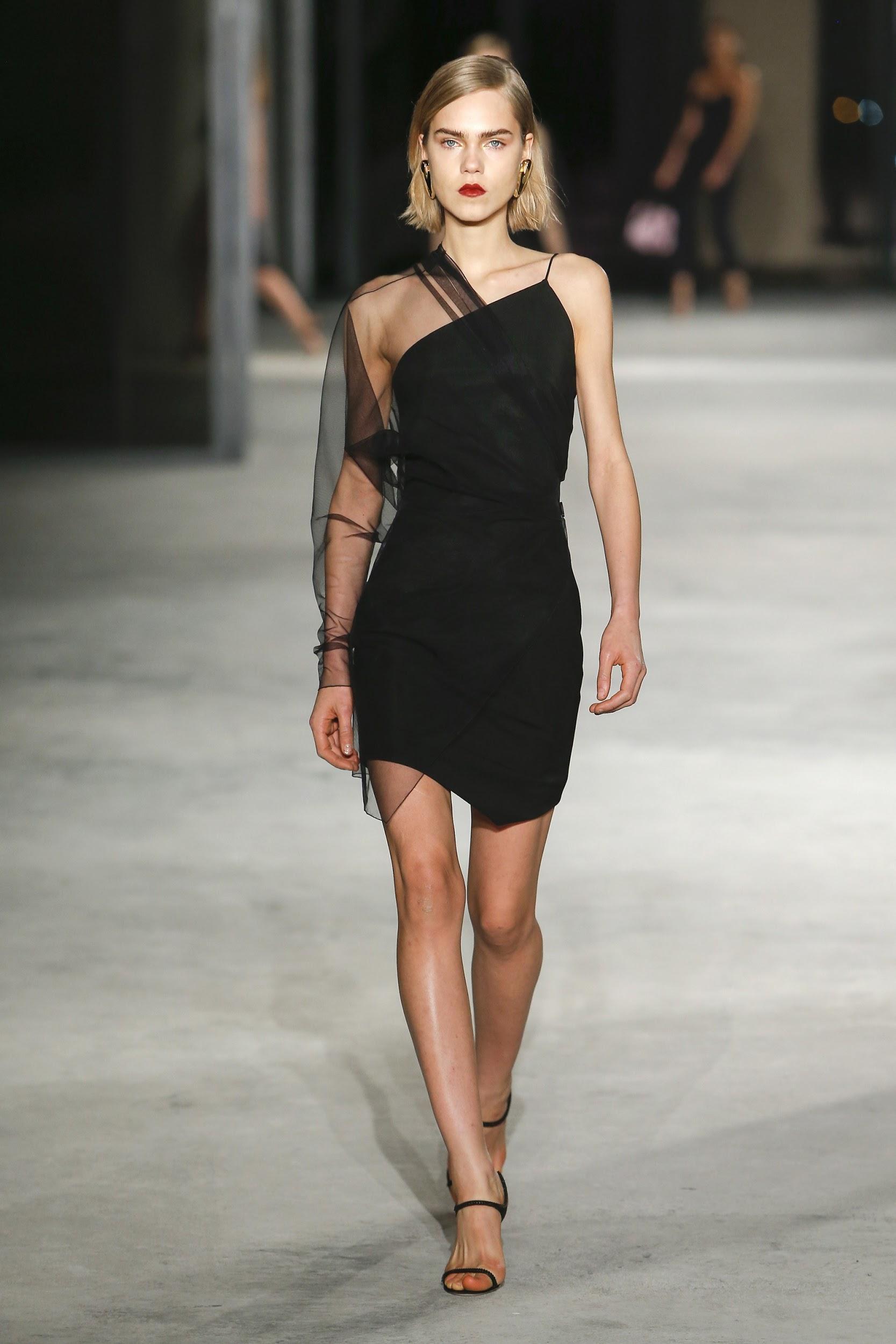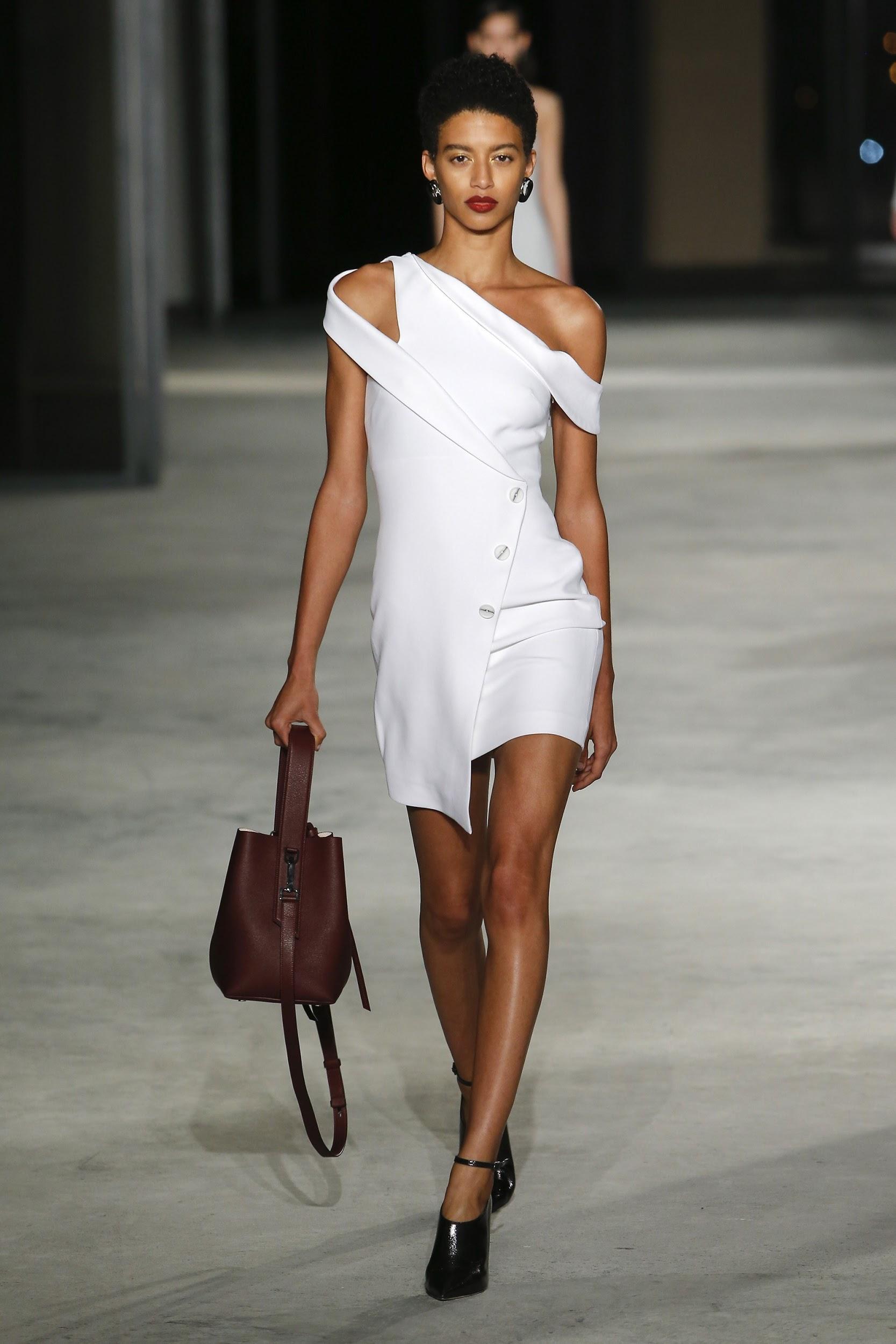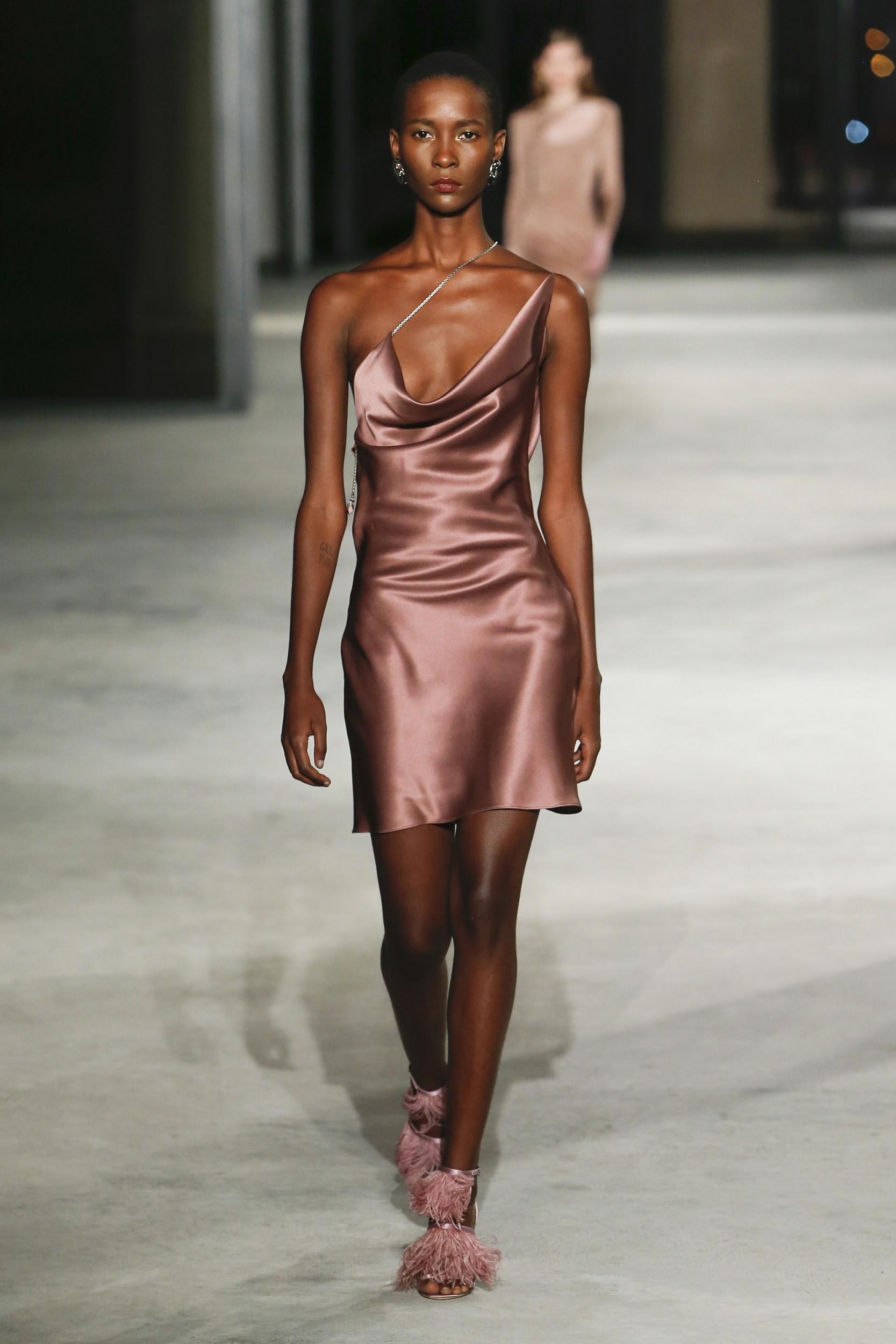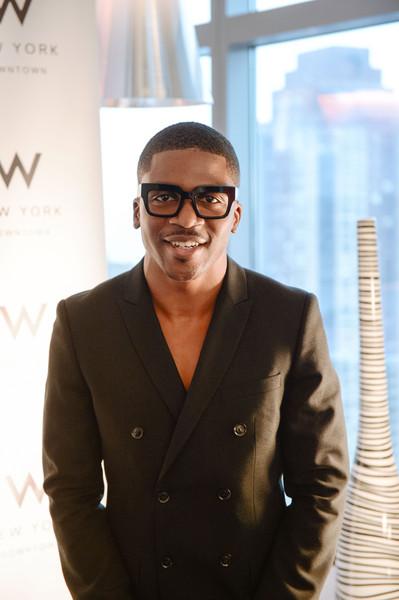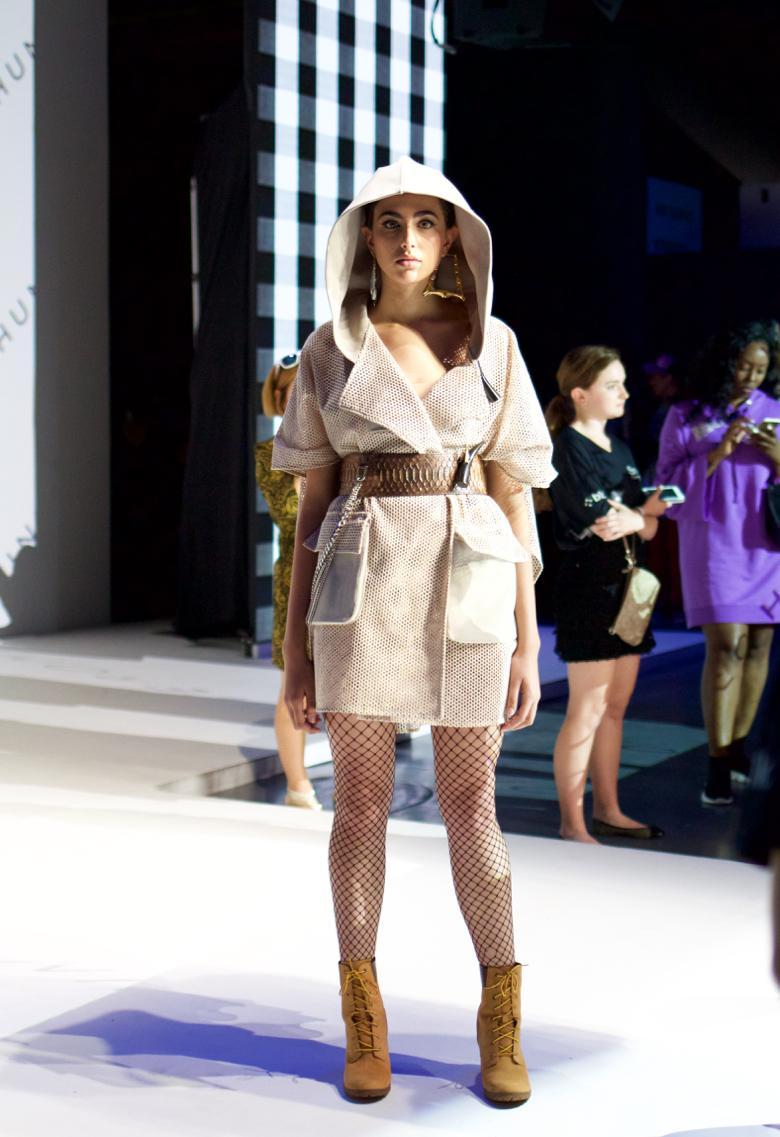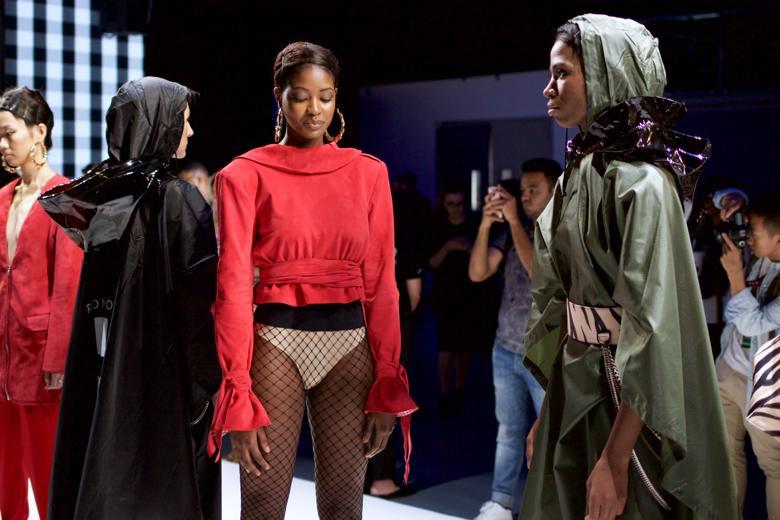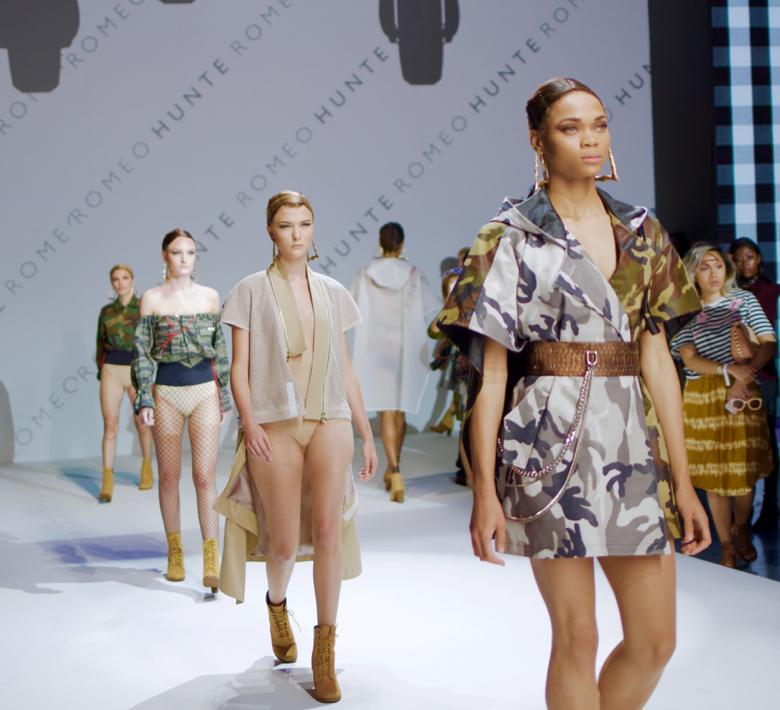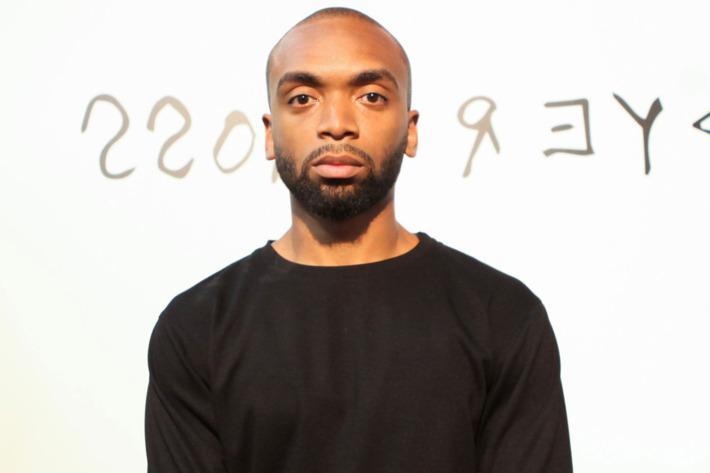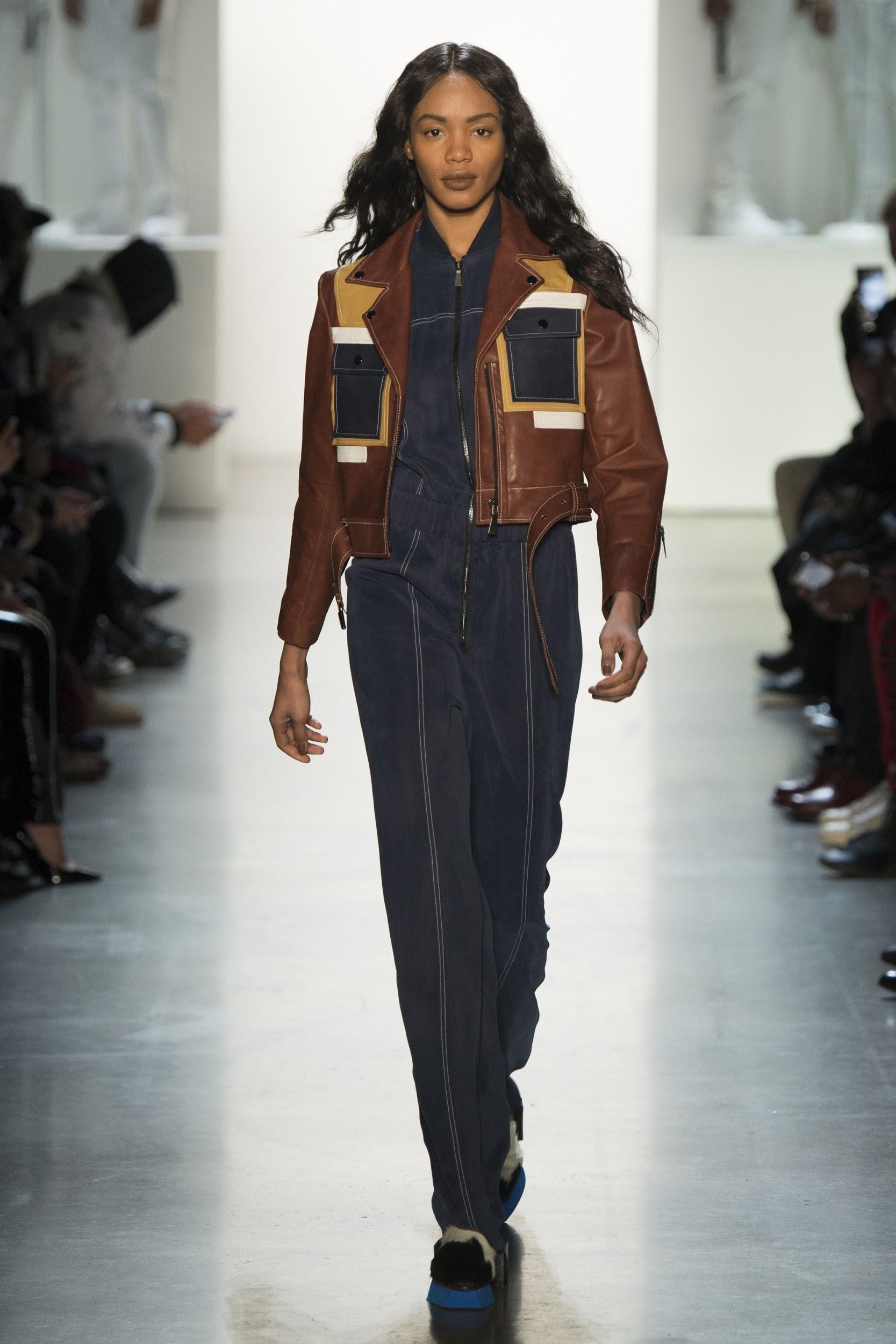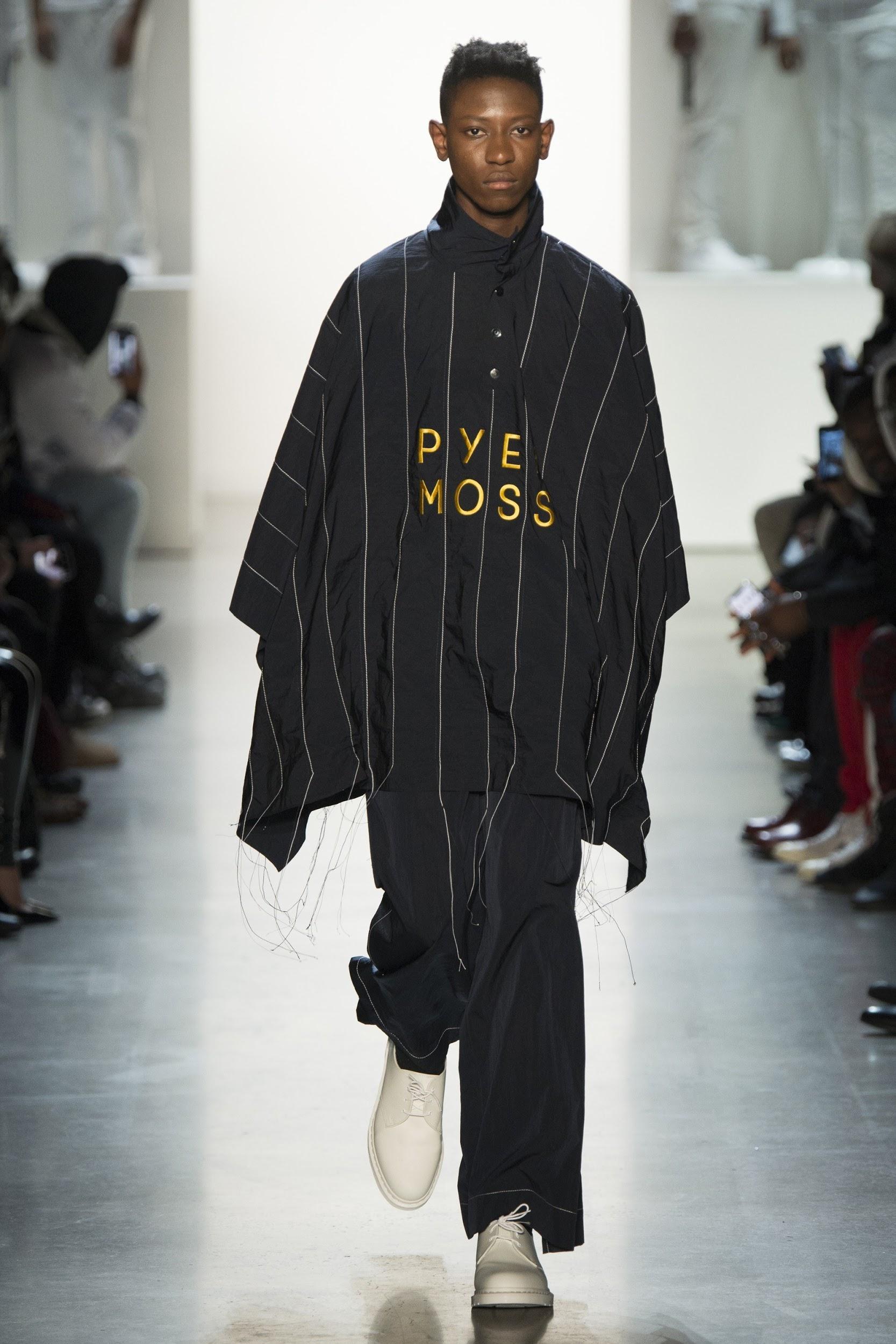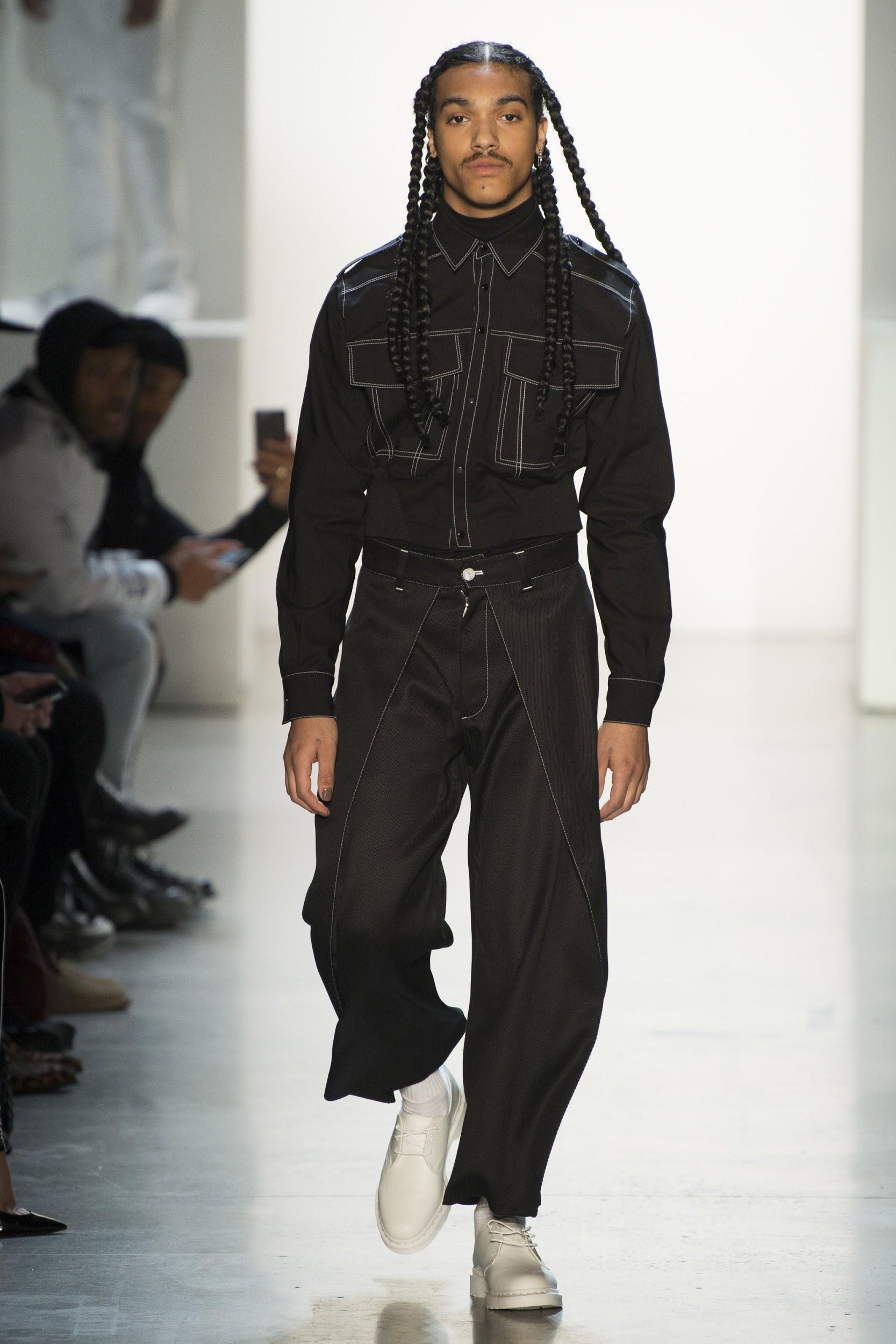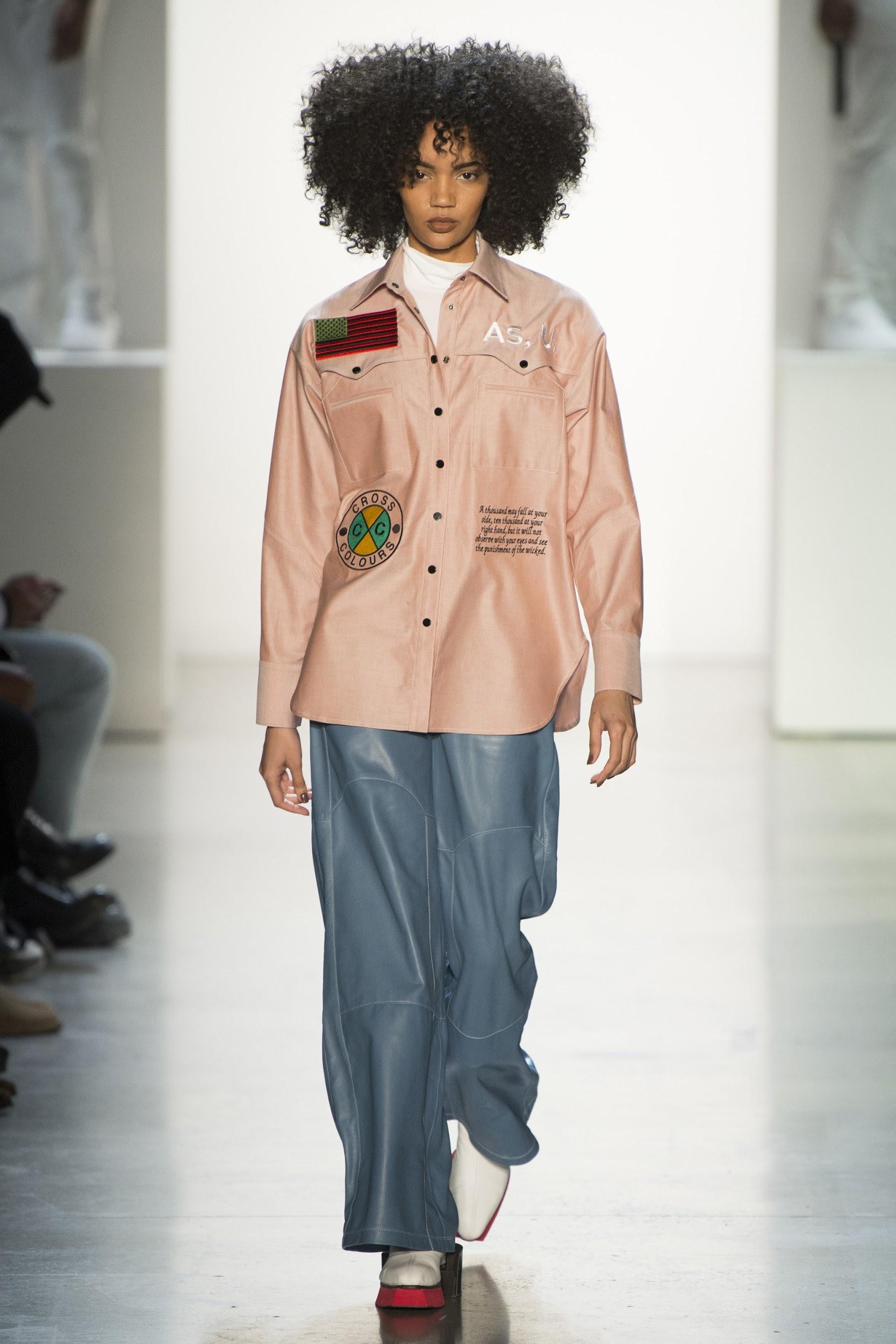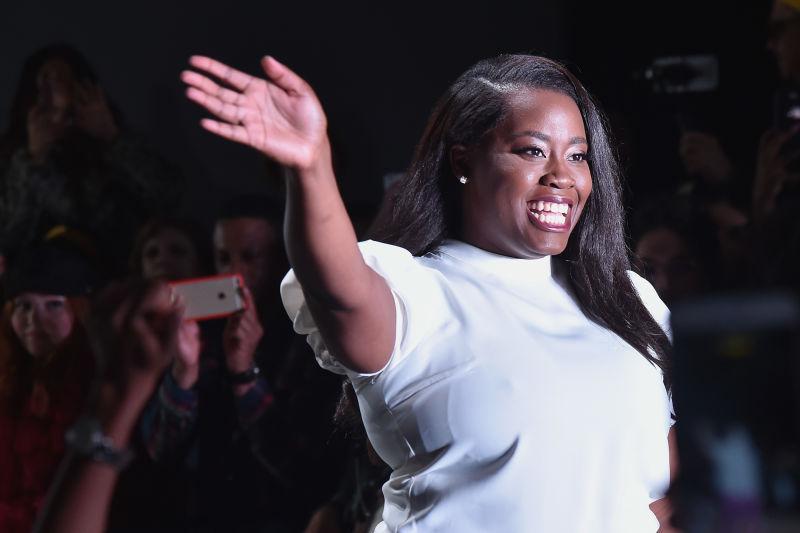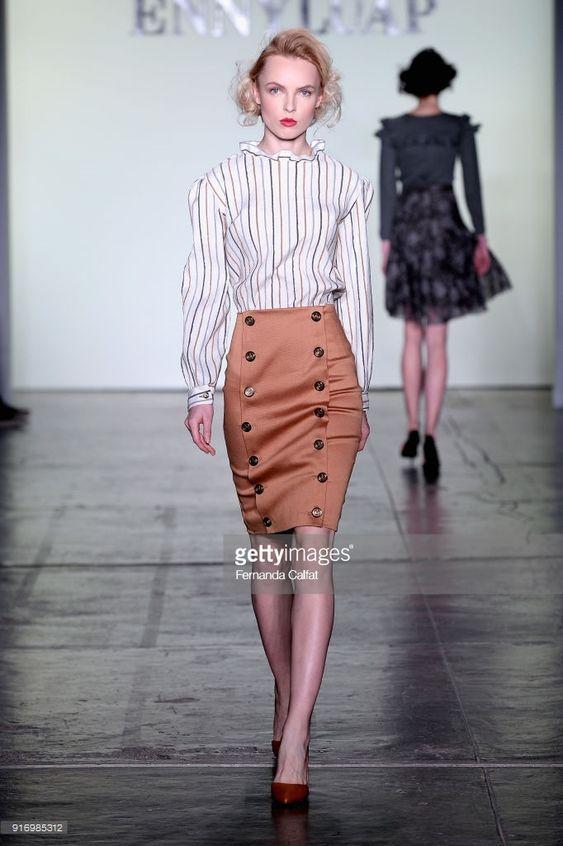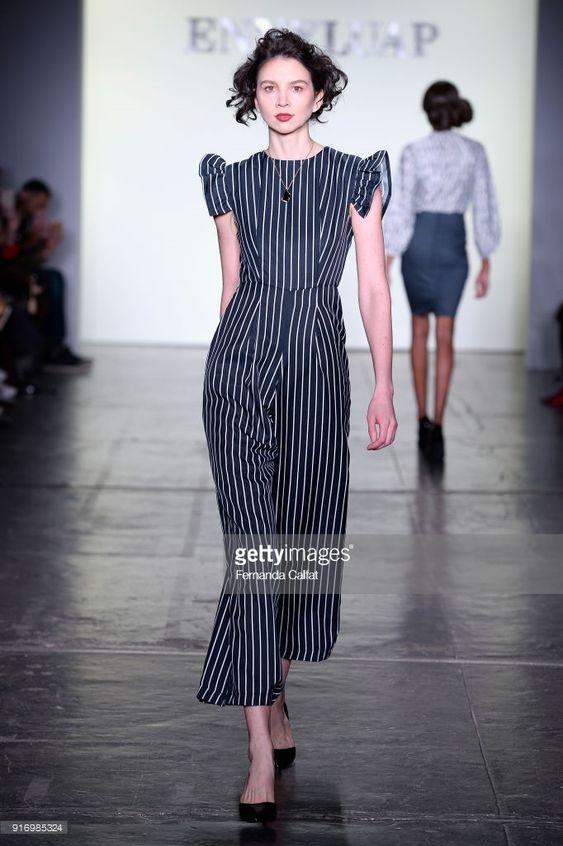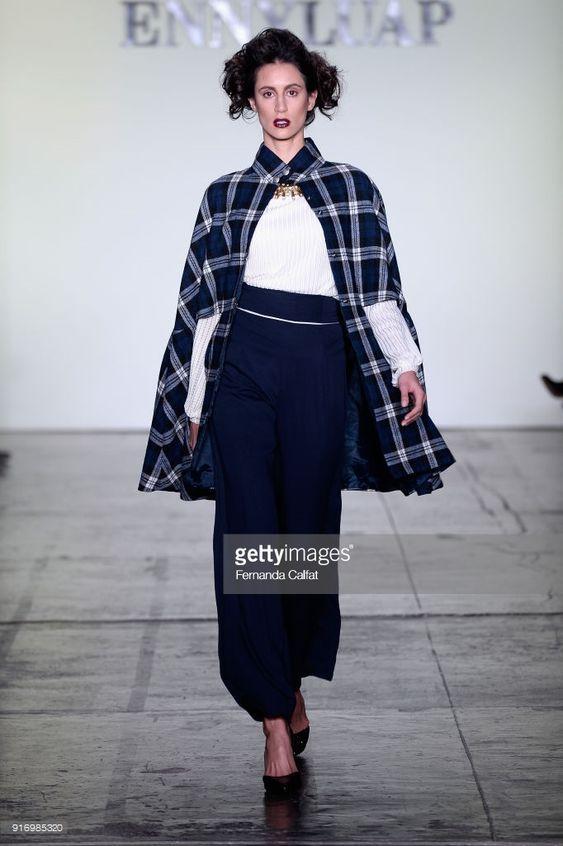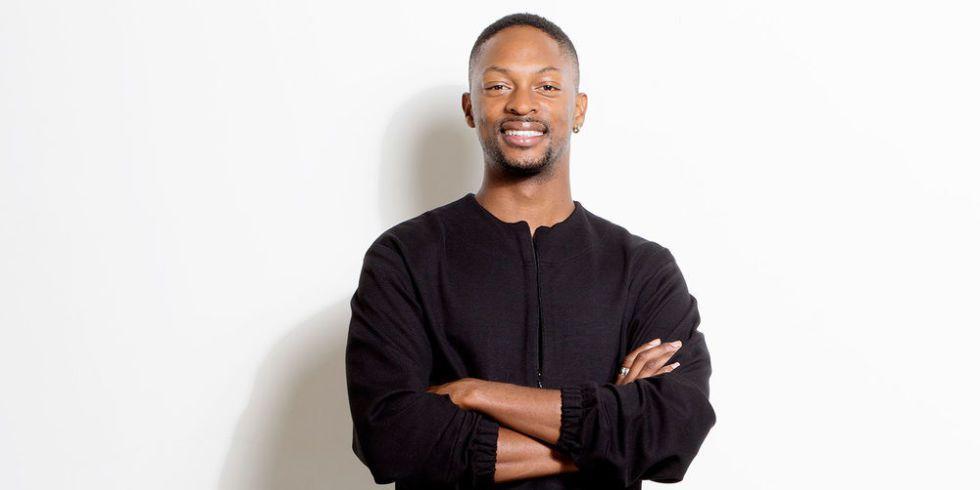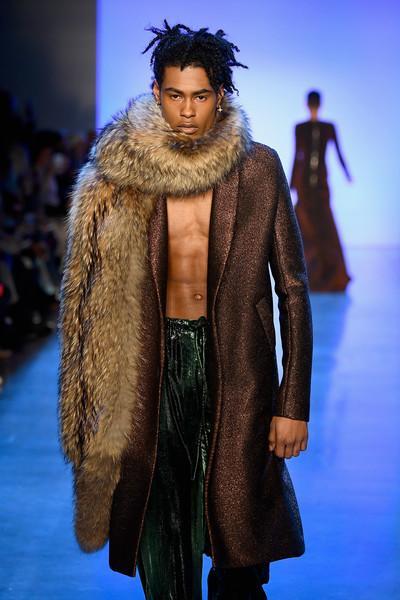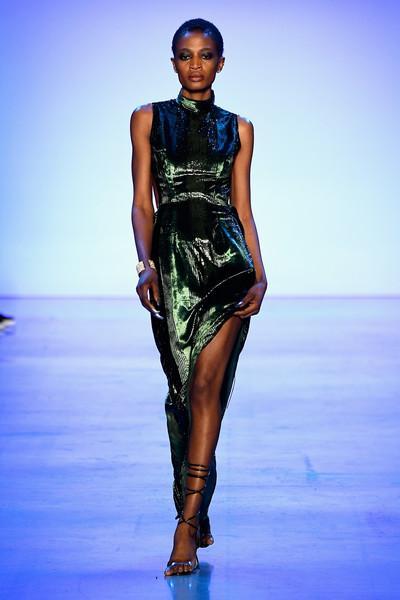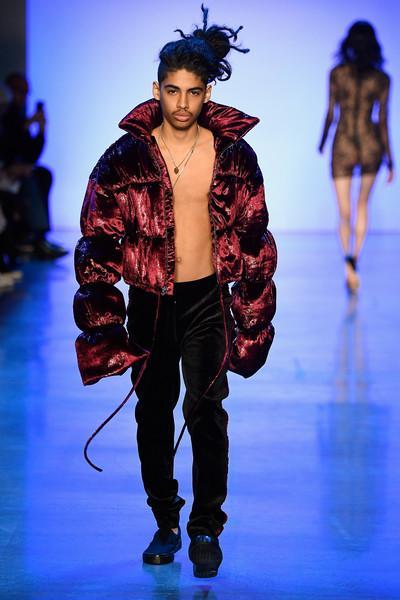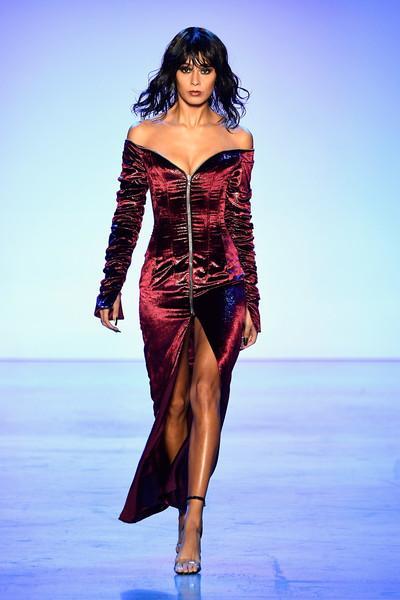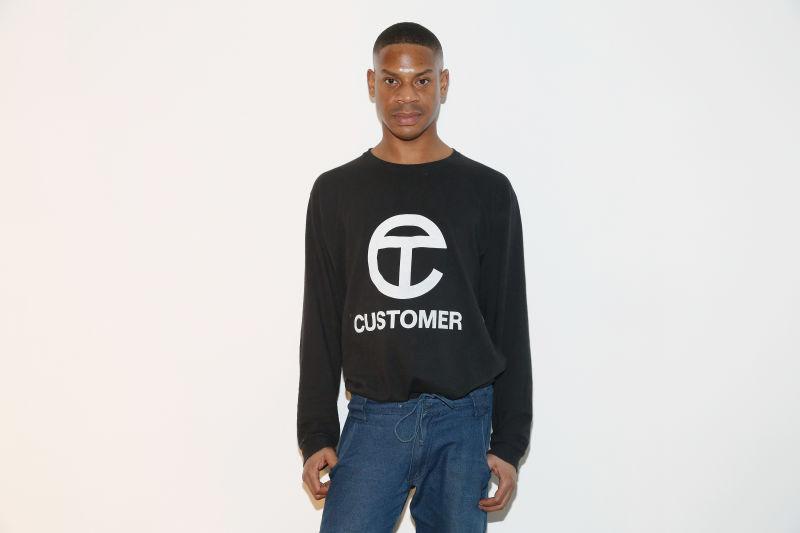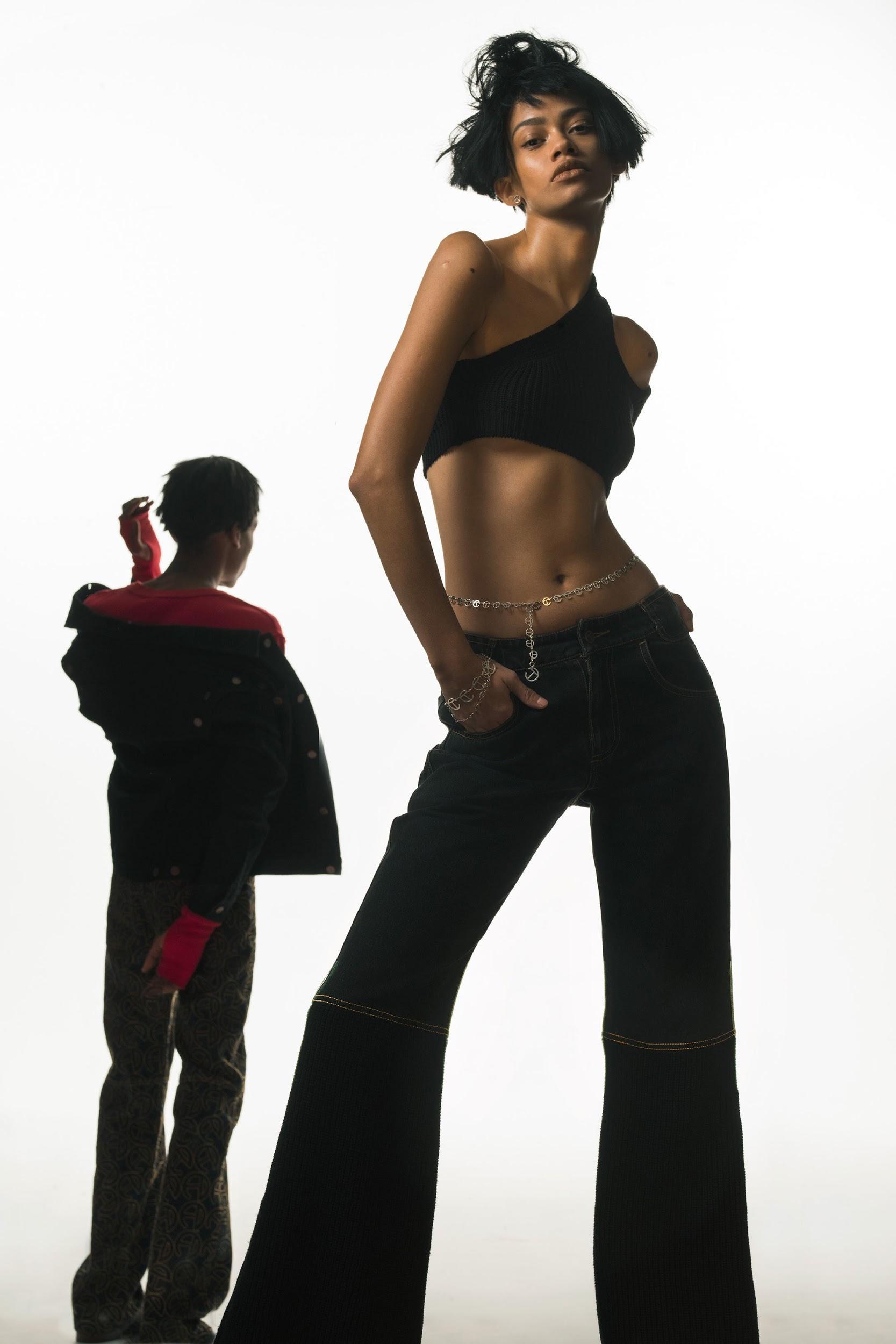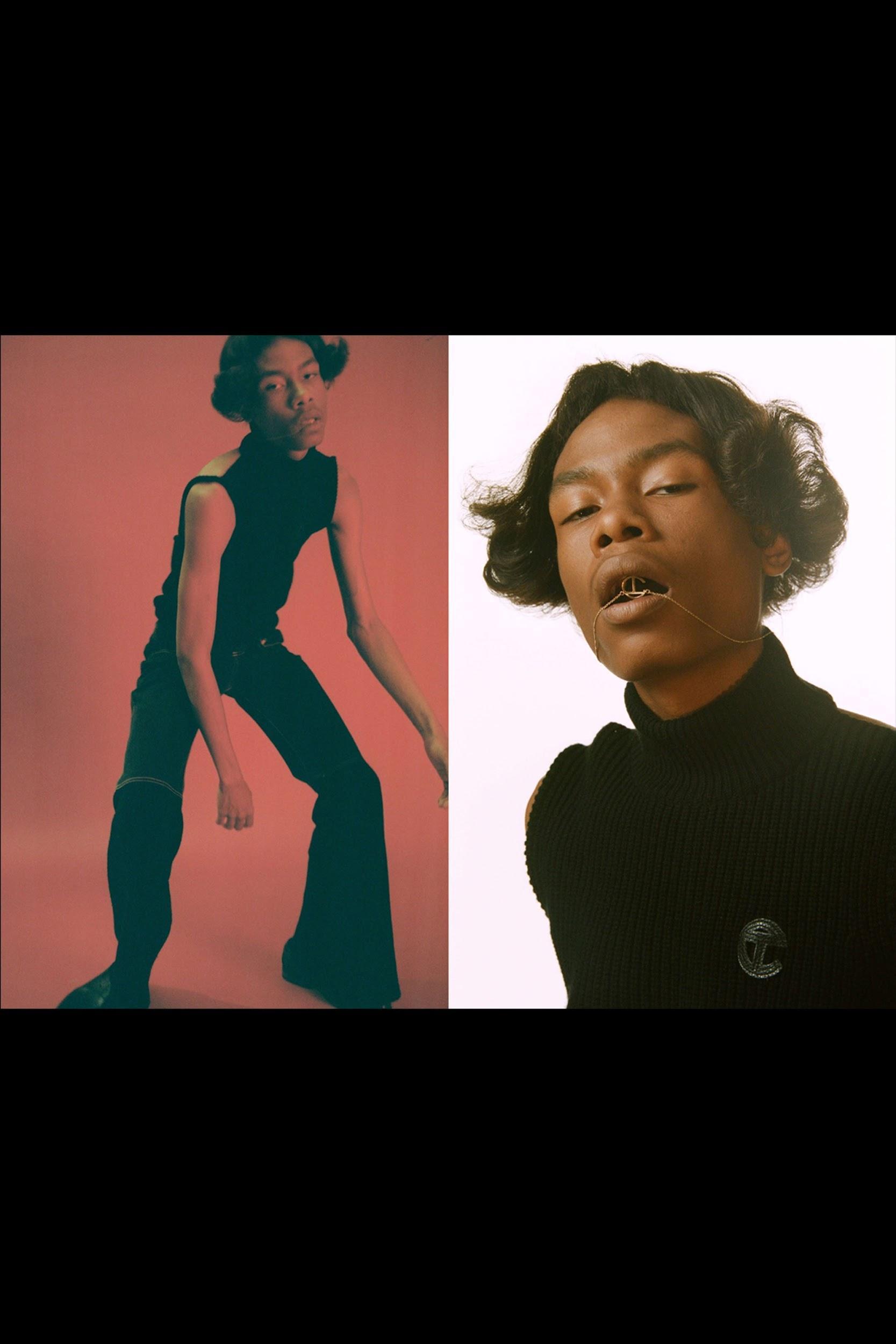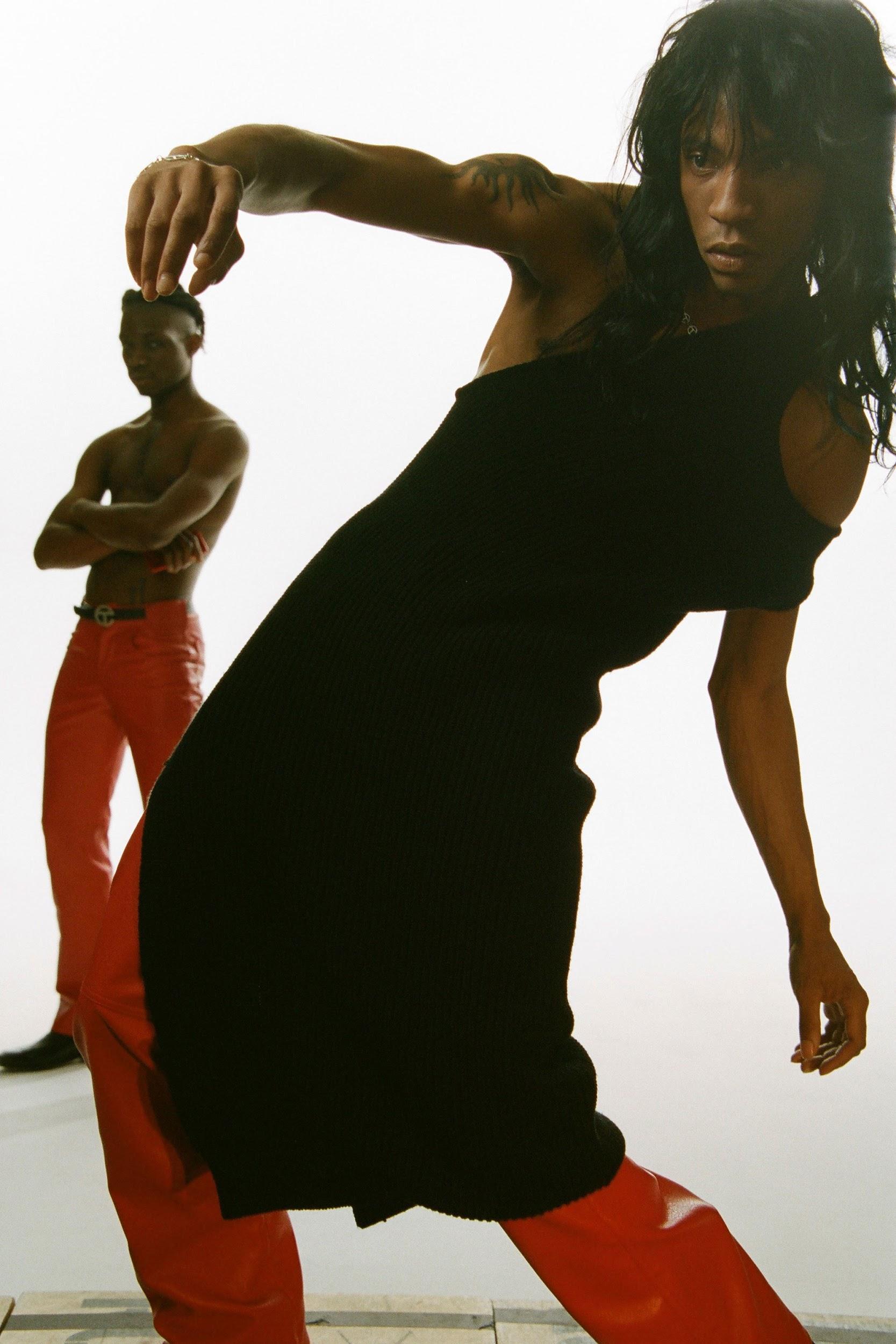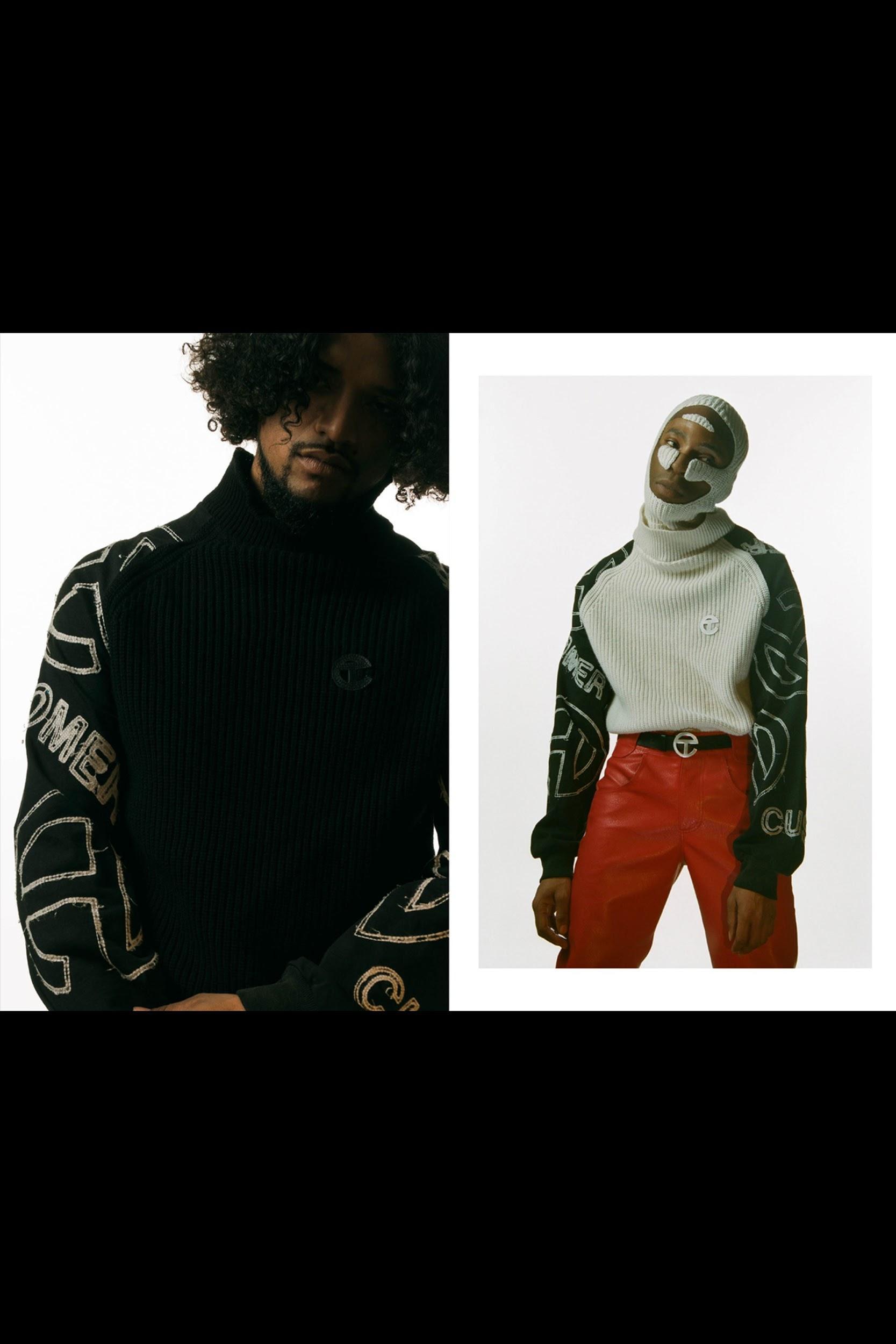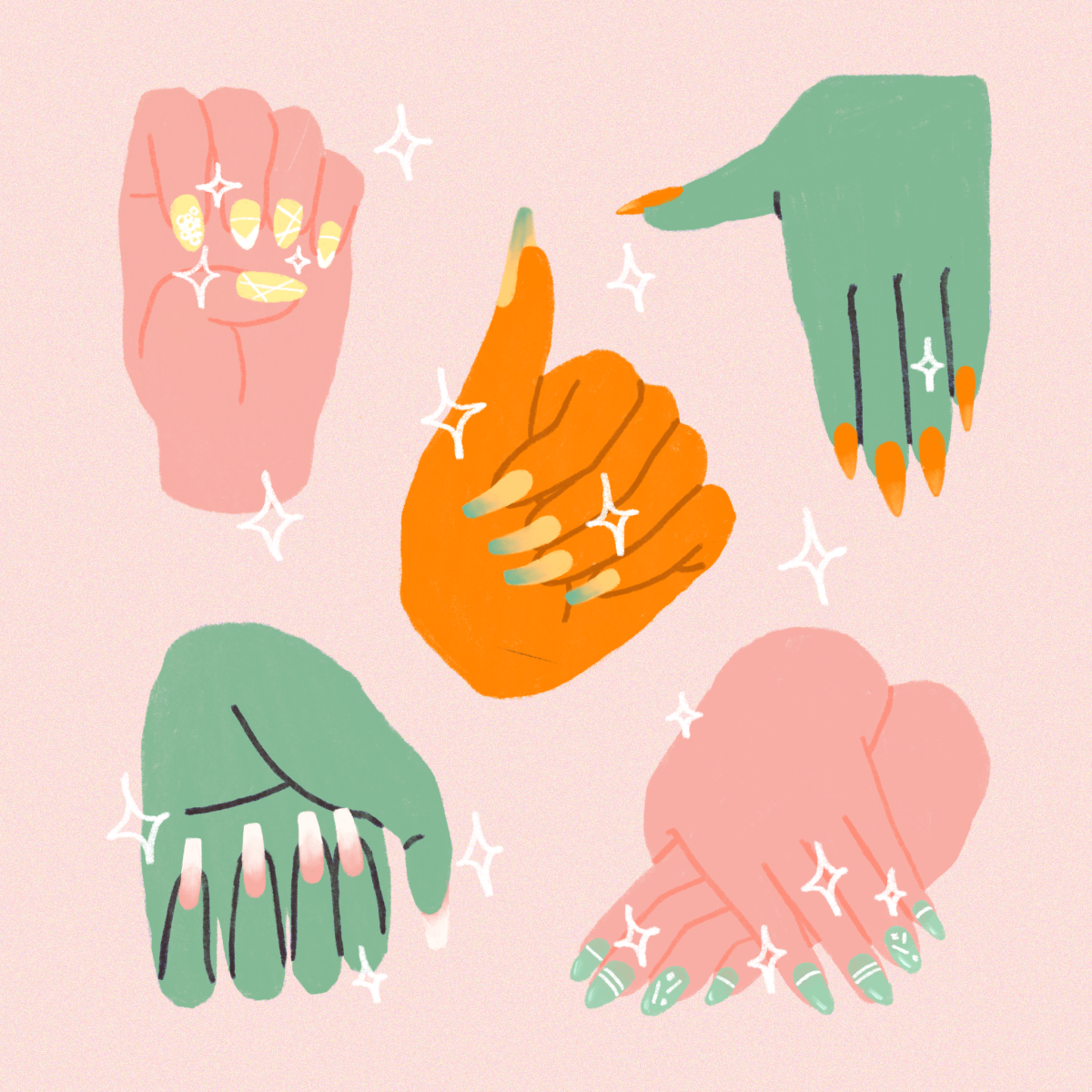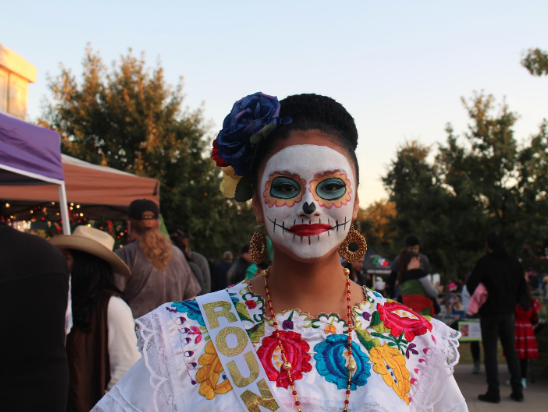For the fashion-inclined, February is an exciting month. Four major fashion weeks in New York, London, Milan and Paris take place over the course of 28 days, showing the world what trends will dominate the season to come. February is also Black History Month, giving time for the world to reflect on the achievements of black individuals.
Story by Lauren Cook
Though black art and culture have some of the largest influences in fashion today, there are few black designers who are recognized for their work. Of all of the designers at New York Fashion Week, there were only nine black designers presenting. Still, this is progress for the industry, as considerably less were presented in years prior. As the month comes to a close, here are some of the black designers from New York Fashion Week who are shaping the fashion world today. A full recap of all the designers at New York Fashion Week can be found here.
Carly Cushnie (Cushnie et Ochs)
Photo courtesy of Yahoo Beauty
In 2008, Carly Cushnie, alongside business partner Michelle Ochs, co-founded the New York-based brand “Cushnie et Ochs.” Their runway pulled together inspiration from late architect Zaha Hadid, who was the original inspiration for the duo when they graduated and started their brand. After a decade of designing together, Ochs is leaving the company, making their FW18 Fashion Week runway the last one they will do together. With a callback to the inspiration that brought them together, the runway looks were a great way to sum up their ten successful years together.
Photos courtesy of Monica Feudi
Romeo Hunte
Photo courtesy of Romeo Hunte
Romeo Hunte is one of the fastest growing designers in the industry today. His brand launched in 2014 and since then he has dressed celebrities including Beyoncé, Zendaya and Laverne Cox. His runway focused heavily on camo and the reworking of outerwear, and the addition of Timberlands for footwear made it the perfect New York street-chic collection.
Photos courtesy of Josephinacollection.com
Kerby Jean-Raymond (Pyer Moss)
Photo courtesy of Samantha Nanez.com
Pyer Moss was started in 2013 by Kerby Jean-Raymond. On the website, the clothing line describes itself as “a brand that focuses on nostalgic themes [and relates them] to current social commentary,” with an emphasis on the black community. This year’s collection continued Jean-Raymonds’ focus on black culture. Moss’ runway opened with jazz and blues inspired drum beats, while an all black choir dressed in white sung the phrase “everything’s got to get better” over and over again. When the first model appeared on the runway, the choir began to sing the first verses of “Little Ghetto Boy” by Donny Hathaway. The runway looks were inspired by black cowboys in the 19th century but had a futuristic twist.
Photos courtesy of Yannis Vlamos
Amanda Williamson (Ennyluap)
Photo courtesy of Getty Images
Atlanta-based designer Amanda Williamson created Ennyluap (pronounced in-a-lope) in 2013. The brand emphasizes “timelessly bold” women’s fashion, with a focus in dresses, skirts, blouses and pants. The ready-to-wear collection holds true to its name, as the designs and structures of the garments are practical for the working and sophisticated woman.
Photos courtesy of Getty Images
Laquan Smith
Photo courtesy of Laquan Smith/Elle.com
Laquan Smith first created his brand in 2010. Since its inception, Smith’s clothes have gone on to be worn and adored by the the likes of Rihanna, Beyoncé and Kim Kardashian. His brand features bold and glamorous looks, explaining why A-listers are attracted to his work. His FW18 runway featured striking colored metallic fabrics that are sure to catch anyone’s eye.
Photo courtesy of Getty Images
Telfar Clemens (Telfar)
Photo courtesy of Telfar
New York native Telfar Clemens is all about gender-blurring. His brand, Telfar, is a unisex clothing line whose mission statement makes it clear: “It’s not for you — it’s for everyone.” The brand takes on a fun and cheeky approach to fashion and the FW18 show emulated just that. Opting to not do a traditional runway, Clemens hired musical guests from renowned artists like Dev Hynes to local, unknown artists to create an original song for his “rock concert.” The brand was aiming to show the audience how the collection “sounded.” Instead of dressing up models for a runway, the singers took the stage and styled themselves in whatever items they wanted from the collection. The overall production created something original and magical for the audience to enjoy.
Photos Courtesy of Telfar































